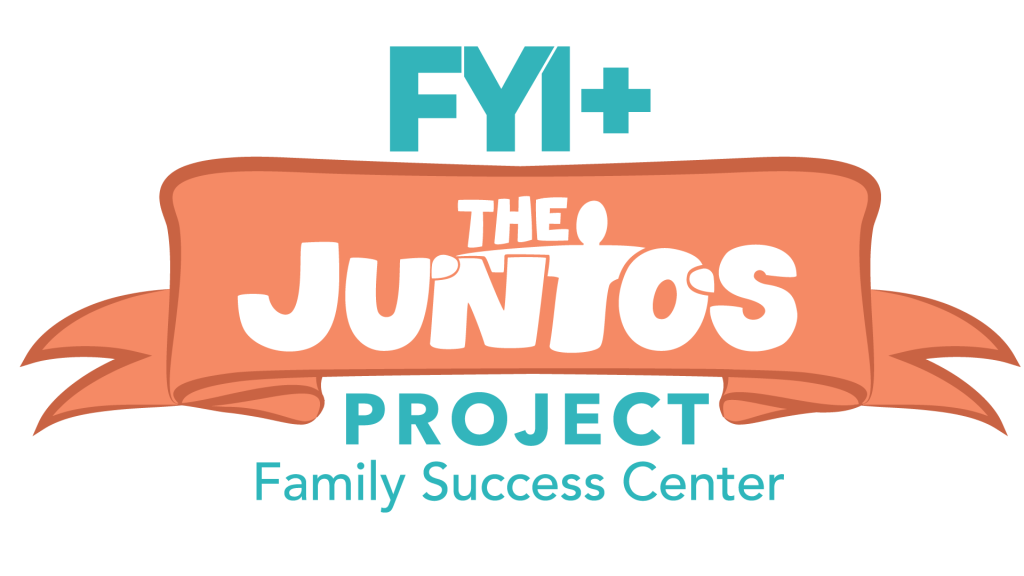In an increasingly polarized world, communities in vulnerable situations often rely on grassroots efforts to ensure safety and mutual support. Juntos Seguros, occasionally referenced with alternative spellings like “juntosse guros,” emerged as one such digital initiative. Designed to offer a decentralized, anonymous platform for sharing information about immigration enforcement activity, its impact continues to resonate—even after its closure. In the same way that people pursue rare opportunities such as securing artistic gymnastics Olympics tickets, many relied on Juntos Seguros for access to vital and timely safety information.
What Was Juntos Seguros?
Juntos Seguros was a web-based platform enabling individuals to anonymously report sightings of U.S. Immigration and Customs Enforcement (ICE) operations. Its core intent was to alert potentially affected community members and organizations, raising awareness of impending enforcement actions.
The platform’s accessible design and community-driven model positioned it as more than a technical tool—it became a communal lifeline for those at risk. Its presence featured prominently across social media and quick-update networks, fulfilling an urgent need for trustworthy, rapid communication in environments of fear and uncertainty.
How It Worked: Community Reporting and Social Outreach
- Anonymous Alerts: Users could submit tips anonymously if they observed ICE activity—such as raids, checkpoints, or enforcement operations—allowing others in the area to take precautions.
- Real-Time Awareness: These reports circulated via platforms like Instagram, Facebook, and TikTok, using short, impactful posts to maximize reach.
- Resource Sharing: Beyond alerts, the platform provided updates and basic guidance aimed at informing undocumented individuals, often when official channels remained inaccessible or untrusted.
- Community Solidarity: The initiative fostered a sense of shared protection, reminding users they were not alone and that their voices could contribute to collective safety.
Why It Ultimately Shut Down
Despite its positive impact, Juntos Seguros recently ceased operations. The platform’s official website now displays a heartfelt message indicating that, after considerable effort and perseverance, the founders decided to discontinue the project. The notice underscores both the emotional weight of the endeavor and the challenges involved in sustaining such efforts indefinitely.
Multiple factors appear to have influenced its closure:
- Operational Sustainability: Maintaining a digital platform of this nature—especially one rooted in urgency and trust—demands consistent resources, technical support, and administrative capacity.
- Risk of Misinformation: As with many open-reporting systems, there’s an intrinsic challenge in ensuring accuracy and preventing overload from false or duplicate alerts.
- Legal and Security Concerns: Operating in a fraught legal landscape, platforms like Juntos Seguros must navigate potential liabilities or pressures around facilitating rapid community visibility of enforcement activity.
Impact and Legacy
Although inactive, the legacy of Juntos Seguros remains potent:
- Empowerment Through Information: By enabling individuals to share and receive alerts, the platform empowered communities with early warning and actionable information.
- Blueprint for Civic Tech: Juntos Seguros serves as a model for future civic-tech projects aiming to operate within sensitive contexts.
- Highlighting Gaps in Official Systems: Its popularity underscores how marginalized groups often lack reliable, inclusive communication from formal channels.
- Inspiring Future Initiatives: Nonprofits, advocacy groups, and technologists looking to create lasting systems can draw from both its achievements and its challenges.
Lessons for Future Community Safety Projects
Juntos Seguros provides a powerful case study in safety-focused civic engagement. Key takeaways for future initiatives include:
- Sustainable Funding Models
Grassroots platforms need long-term financial and technical backing—whether through partnerships, grants, or community funding—and a clear structure for ongoing operation and governance. - Verification Mechanisms
Incorporating moderation, user validation, or trusted-reporter systems can help maintain accuracy without compromising accessibility. - Robust Security and Anonymity Protocols
Protecting user identities and the integrity of submissions is vital, especially when contributors belong to vulnerable populations. - Strategic Communication Tactics
Utilizing platforms like social media can amplify reach, but effective messaging strategies are needed to avoid confusion or panic. - Preparedness for Legal Scrutiny
Designers must be aware of potential legal risks and consult with experts where possible. - Exit Planning
When sunset plans become necessary, transparent communication with users preserves goodwill and acknowledges shared trust.
Conclusion
Juntos Seguros, even in its absence, remains a powerful testament to what community-driven tools can achieve. It provided a critical channel for communication, solidarity, and safety awareness—arming marginalized individuals with tools to safeguard themselves and their neighbors.
Its story is not merely one of digital innovation, but also of human resilience and collective care. As communities continue to face systemic threats and information gaps, the legacy of Juntos Seguros shines as both inspiration and cautionary tale. Just as securing artistic gymnastics Olympics tickets offers entry into a world-class showcase of skill and unity, Juntos Seguros offered access to something equally valuable—protection, trust, and a sense of belonging.
